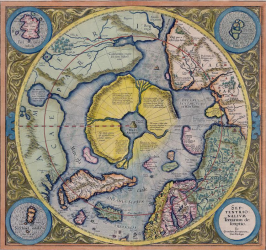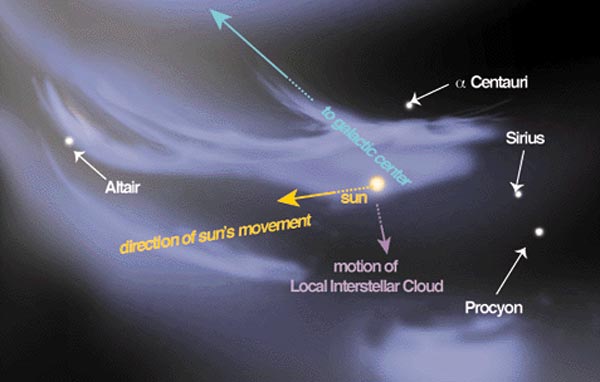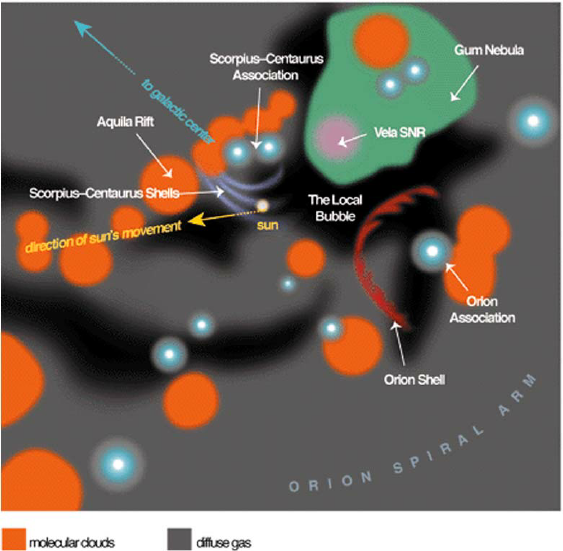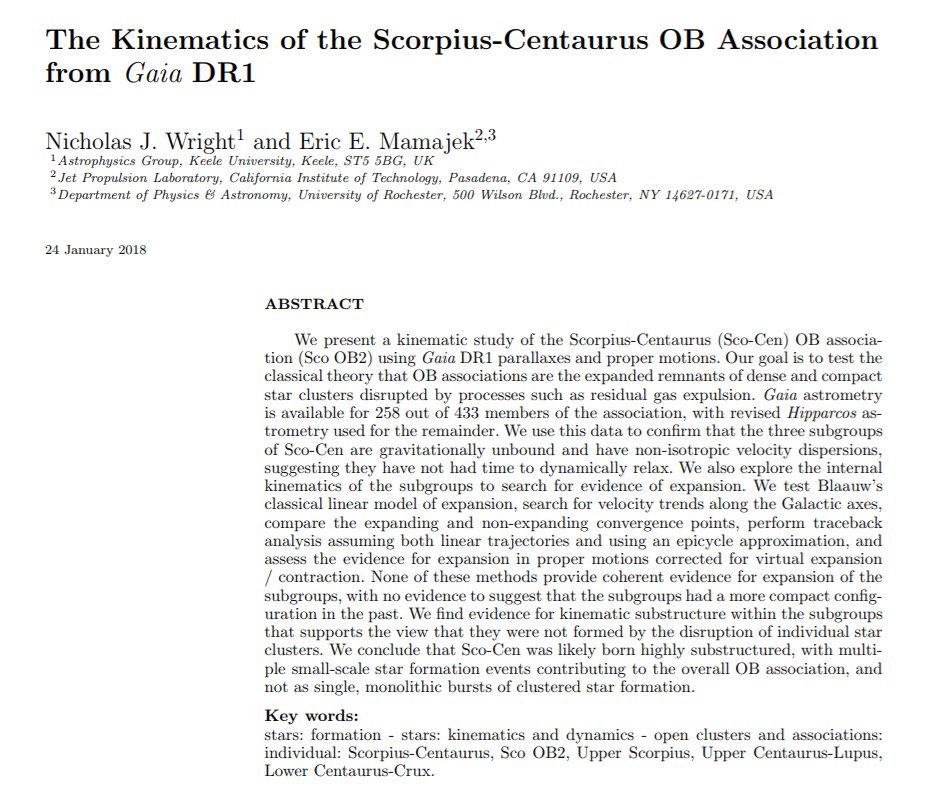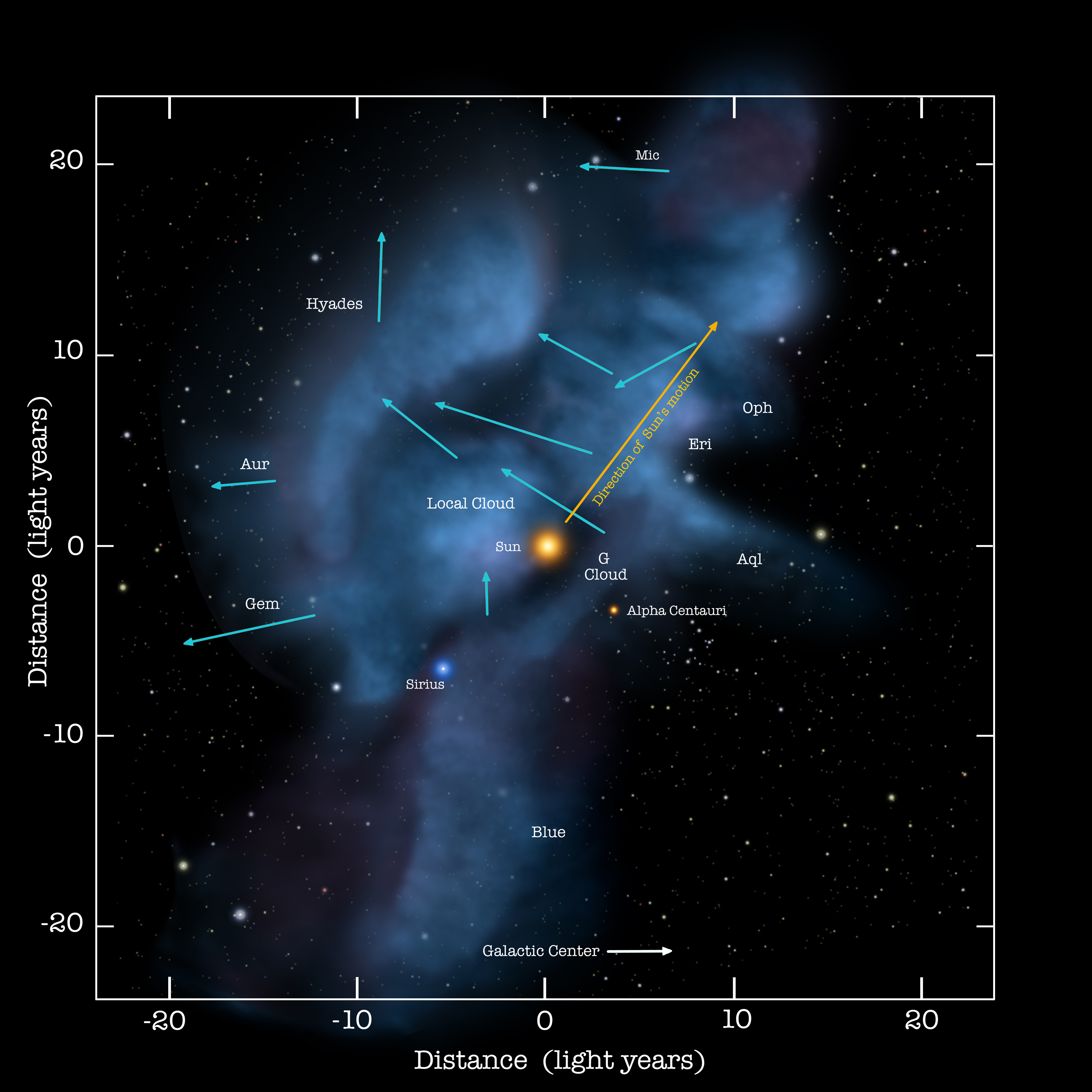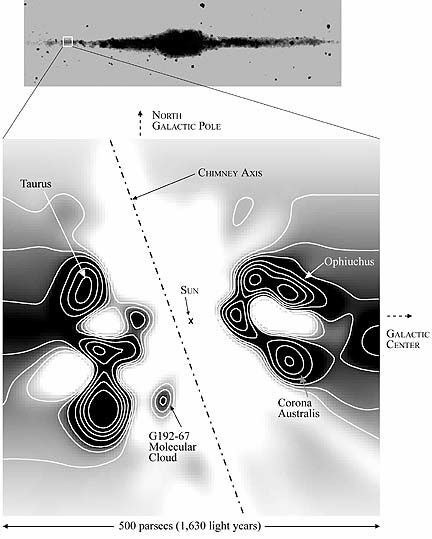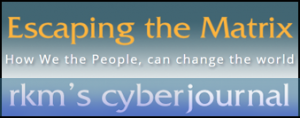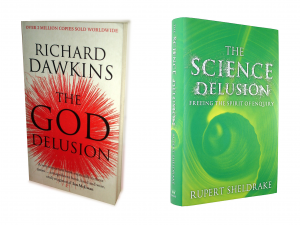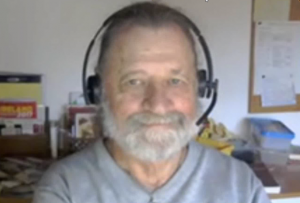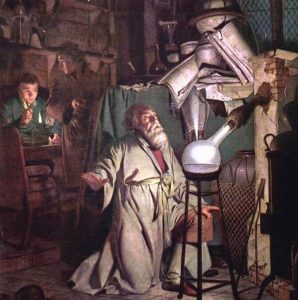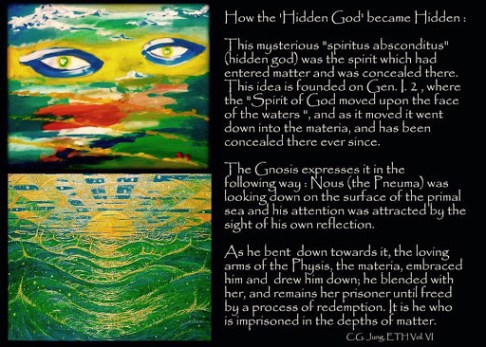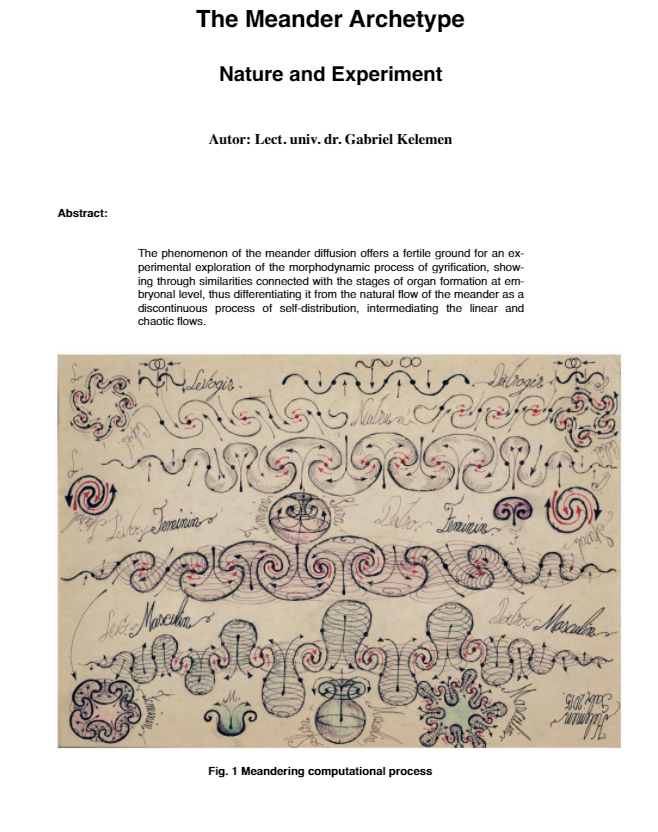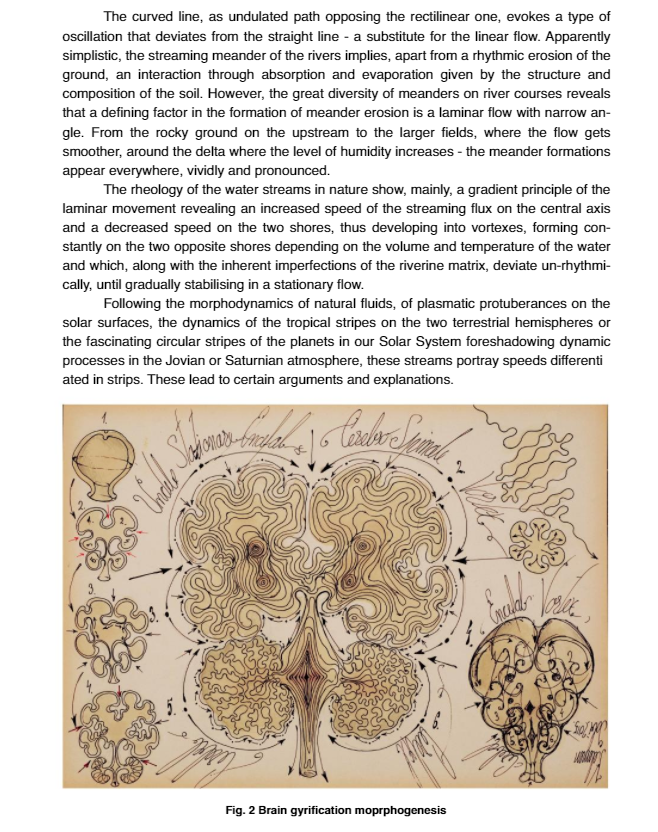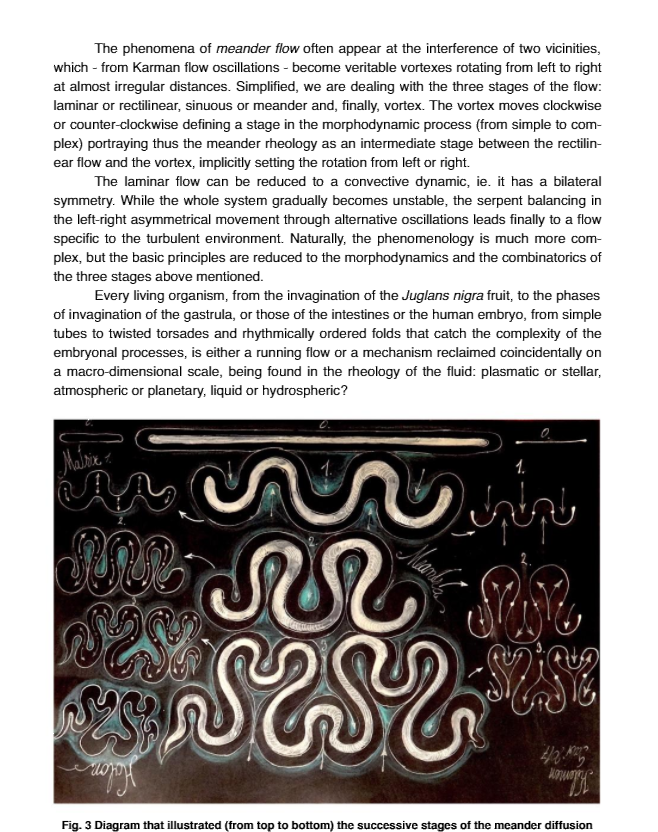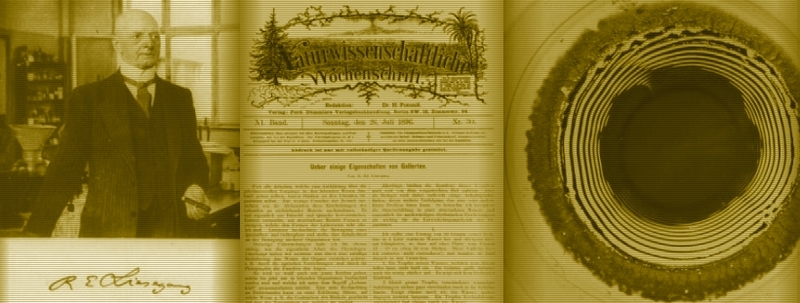Eugene Bagashov & Jim Weninger Oumuamua Data Reveals Intriguing Possibilities – Reference
Astronomers have known since the 1970s that the Solar Neighborhood lies in the middle of an enormous “Local Bubble” of million-degree, ionized hydrogen gas, surrounded by a wall of colder, denser neutral gas.
Astronomers have known since the 1970s that the Solar Neighborhood lies in the middle of an enormous “Local Bubble” of million-degree, ionized hydrogen gas, surrounded by a wall of colder, denser neutral gas.
Within this hot bubble, gas density is much sparser, with some 100 to 1,000 times fewer hydrogen atoms, than the average density of the rest of the Milky Way’s spiral disk. The Local Bubble was thought, at first, to be an asymmetric cavity of 330 to 490 light-years (ly) — 100 to 150 parsecs (pc) — in diameter.
Richard Moore : A Field Model of Mind
a speculative inquiry into the nature of consciousness

Materialism and consciousness
At the very core of mainstream science is the assumption that the universe is entirely materialistic. Consciousness emerges as a function of the electrial activity of a brain, when a brain evolves to a sufficient level of complexity. There is no meaning or purpose to life, apart from the imaginings of humans and their religions – there is only the more or less random evolution of material configurations. Richard Dawkins is the most vocal and prolific expounder of this materialist perspective, a perspective that mainstream scientists subscribe to without ever thinking to question it.
There is another model of consciousness that says consciousness is not embodied in the brain. Rather our minds exist apart from our brains, and outside the domain of physics. The function of the brain, in this model, is to serve as a kind of interface module, enabling the mind to interact with the five senses and the body. This we can call the metaphysical model of consciousness.
Evidence for the metaphysical model comes in the form of ‘unexplainable’ experiences. An unconscious patient, registering no electrical brain activity at all during a critical operation, reports later that he observed the operation from the ceiling, and is able to describe specific things that happened during the operation. Or someone has a near-death experience, and reports certain kinds of experiences that have also been reported in other near-death cases.
Carl Jung: The Attitude which the Art Demands from its Adepts
It had a soul which lay in the darkness and it was their task to seek it there
Lecture III 16th May, 1941
In the last lecture we began considering the evidence, which is to be found in the writings of the old masters, as to the attitude which the art demands from its adepts.
We will continue this subject today.
The next passage is from the “BOOK OF KRATES, a text which has come to us through the Arabs, but which, judging by its subject matter, certainly dates back to Alexandrian times.
There is a dialogue between an adept and an angel.
Such dialogues are by no means rare in the alchemistic literature, the philosophical content is often depicted in the form of conversations.
There is even a famous classic, the “Turba philosophorum”, which is written in the form of a supposed meeting of all the old Greek philosophers to discuss the secrets of the art.
In our passage from the “Book of Krates” it is an angel who is interviewed by an “artifex” (an artist) , that is, by a philosopher who, we are told, was a “pneumatikos” (a spiritual man).
Continue reading “Carl Jung: The Attitude which the Art Demands from its Adepts”
Professor Brian Josephson – CymaScope – Royal Society of Medicine – John Reid
Professor Brian Josephson, Nobel Laureate, featured the CymaScope in his lecture at the Royal Society of Medicine
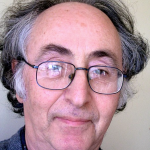 On July 14th 2018 Professor Brian Josephson presented a lecture at the Royal Society of Medicine. The conference, titled New Horizons in Water Science, hosted many esteemed speakers including a second Nobel Laureate, Professor Luc Montagnier, Professor Gerald Pollack, Professor Vladimir Voeikov, Professor Alexander Konovalov and Dr Robert Verkerk.
On July 14th 2018 Professor Brian Josephson presented a lecture at the Royal Society of Medicine. The conference, titled New Horizons in Water Science, hosted many esteemed speakers including a second Nobel Laureate, Professor Luc Montagnier, Professor Gerald Pollack, Professor Vladimir Voeikov, Professor Alexander Konovalov and Dr Robert Verkerk.
Brian Josephson was professor of physics at the Cavendish Laboratory from 1974 until his retirement in 2007. He is currently emeritus professor of physics at the University of Cambridge, a Fellow of Trinity College, Cambridge, and a Fellow of the Royal Society. In his first contact with John Stuart Reid, he said of the CymaScope instrument, “Having watched one of your lectures I think your (re) discovery is going to be of great importance to the future of physics”.
In his lecture at the Royal Society of Medicine, on the subject of the memory of water and ordering processes in general, Professor Josephson presented two CymaScope videos, one of which concerned the memory of water. He said, “The idea that water can have a memory can be readily dismissed on the basis of any of a number of easily understood invalid arguments” and then proceeded to explain to the audience why these arguments are invalid. To support his presentation he included a CymaScope video that appears to show water’s ability to remember a sonic input frequency injected into the CymaScope’s visualizing cuvette, after the frequency has been removed. He also presented a video showing the sound of a cancer cell made visible, part of a research project in collaboration between Professor Sungchul Ji of Rutgers University, Dr. Ryan Stables of Birmingham University and the CymaScope lab.
Professor Josephson said, “Water exhibits remarkable structural and dynamic properties, including the ‘biological signal’ revealed by the investigations of Beneviste and Montagnier and the complex acoustically-induced structures in water revealed by the CymaScope. Organised dynamical behaviour is more the province of biology than of physics and will require different tools of investigation than are standard in physics. The CymaScope may be one such tool. It is not just a new scientific instrument but new science as well and I suspect a new field of maths.”
John Stuart Reid said, “We are honoured that Professor Josephson discussed the CymaScope in his lecture at the New Horizons in Water Science conference. We believe that the CymaScope instrument has the potential to open new horizons in physics, biology, homeopathy, musciology, phonology and many other areas of scientific study. ”
Professor Josephson’s lecture can be viewed at this link and includes a clip from Dr Gary Buchanan’s Beethoven/Moonlight Sonata video.
Gabriel Kelemen – The Meander Archetype Nature and Experiment
In Silico – A Short History of “Liesegang Rings”
Periodic precipitation or the “Liesegang phenomenon” is a special type of chemical pattern formations. It was discovered by a German chemist and photographer, Raphael Eduard Liesegang in 1896 but did not have any general explanation more than a century ago.
Patterns in Nature
In the last decades of the 20th century different kinds of chemical, physical and biological pattern formations have excited an ever increasing interest in the scientific community. In chemical patterning one of the most intensively investigated area was the so-called Belousov-Zhabotinsky reaction, but there were many publications about viscous fingering, diffusion limited aggregation, morphogenesis of fungal colonies and some other simple living bodies, and last but not least patterning during electrochemical deposition too.
Although at first sight the above mentioned systems are quite different there are many similarities in the way they form the corresponding patterns, and the methods by that they can be handled. All of them contain at least one or several diffusion-limited steps, while the formation of the spatial or spatiotemporal order is always a result of a complicated interplay of these and the underlying chemical, physical or biological processes.
Mathematics and the modeling of reaction-diffusion processes
Mathematical description of such systems consists of so-called reaction-diffusion differential equations. Unfortunately these are usually systems of coupled nonlinear partial differential equations, that cannot be treated by standard analytical methods. The only viable way is the application of different numerical methods. Numerical solution of such systems of equations is computationally very demanding, moreover it is sometimes computationally prohibitive even nowadays.
The story of the so-called Liesegang phenomenon is good example for this problem.
Liesegang Patterns
Liesegang patterning is a special type of chemical pattern formation in which the spatial order is formed by density fluctuations of a weakly soluble salt. From analytical chemistry we know many different reactants that form a precipitate (sparingly soluble salt) when they react with each other. A good example for this behavior is the reaction of silver-nitrate (AgNO3) and potassium-dichromate (K2Cr2O7).
If one of these components is evenly distributed in a swollen gel (e.g. in gelatine), and the solution of the other diffuses into it, the spatial distribution of the slowly forming precipitate will not be continuous. A series of precipitate zones (bands or rings depending on the geometry of the experimental setup) will form according to some simple scaling laws.
Continue reading “In Silico – A Short History of “Liesegang Rings””

